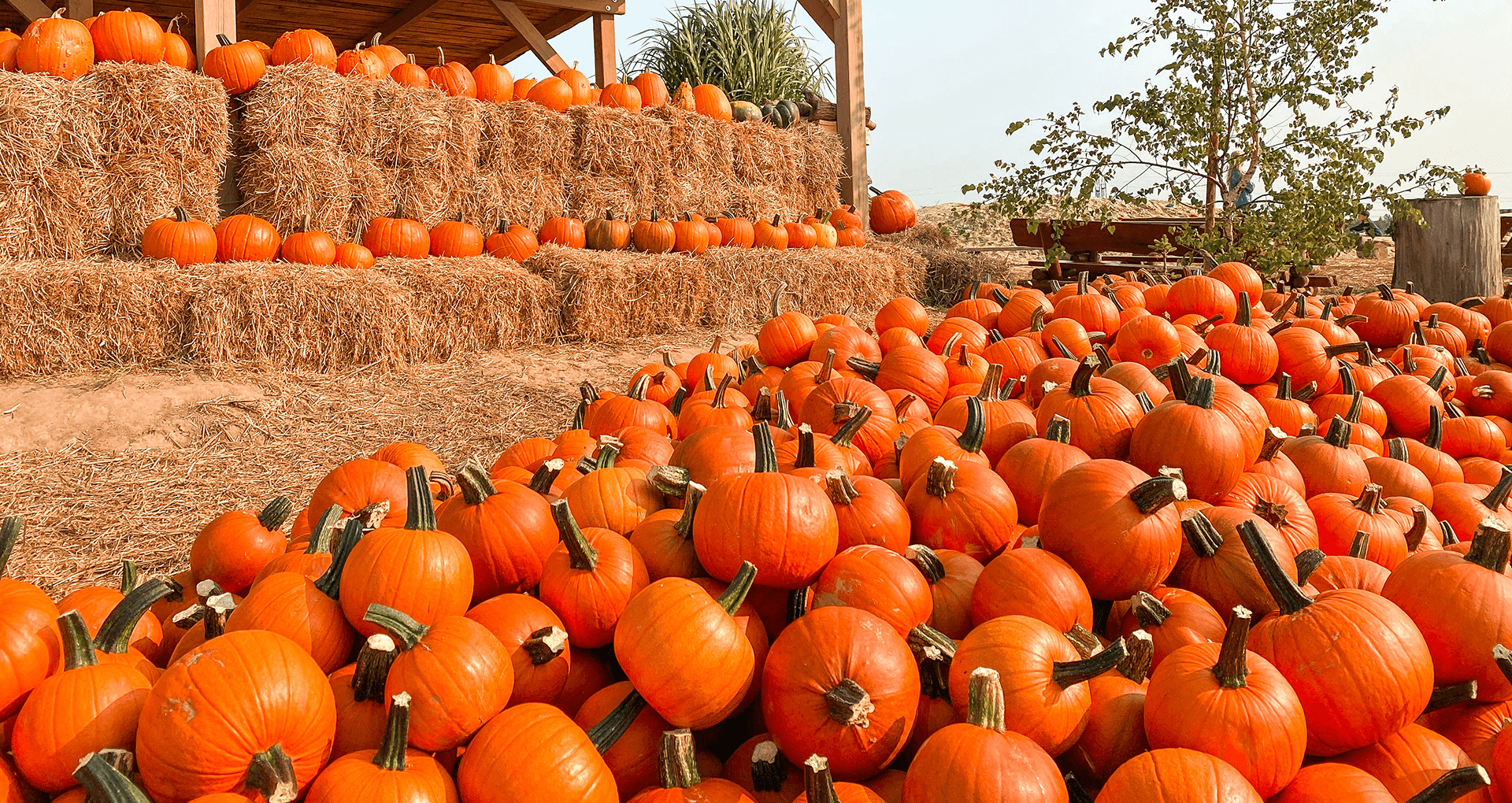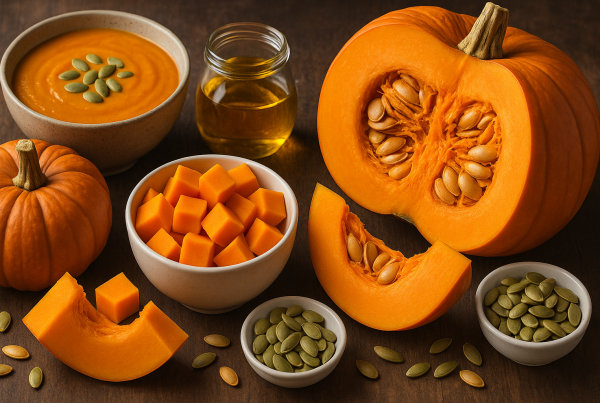Culinary Creativity: Exploring Traditional Pumpkin Recipes from Every Corner of the Globe
Pumpkins, with their vibrant colors and rich flavors, have transcended their agricultural roots to become global symbols of harvest, celebration, and culinary creativity. Across the world, pumpkins feature prominently in festivals and traditions, such as Halloween in the United States and the Day of the Dead in Mexico, where they are transformed into both intricate decorations and sumptuous dishes. This exploration of traditional pumpkin recipes from every corner of the globe offers a glimpse into the diverse ways pumpkins are celebrated, highlighting their versatility in savory pies, soups, and sweet desserts. Join us as we delve into the fascinating world of pumpkins, uncovering their historical significance, cultural impact, and the joy they bring to tables around the world, while also encouraging sustainable practices for their use.
Pumpkin History and Cultural Significance
Origins and Global Spread
Pumpkins originated over 7,500 years ago in Central America, where they were first cultivated by ancient civilizations. These early societies valued pumpkins not only for their nutritional value but also for their utility in medicine and storage. As explorers from Europe arrived in the Americas, they discovered pumpkins and introduced them to their homelands. This led to pumpkins becoming a part of various European cuisines and traditions. Over time, the pumpkin spread across the globe, each culture adapting it into their own culinary practices and festivals. Today, pumpkins are celebrated worldwide, from the iconic Jack-o’-lanterns of Halloween in the United States to traditional dishes in Asian and African countries. Their journey from a staple crop in indigenous diets to a global symbol of autumn showcases the pumpkin’s adaptability and cultural significance across continents.
Symbols of Harvest and Celebration
Pumpkins are deeply intertwined with harvest and celebration across various cultures. In North America, pumpkins are synonymous with autumn and feature prominently in Thanksgiving feasts and Halloween festivities. The tradition of carving Jack-o’-lanterns can be traced back to an Irish myth about “Stingy Jack,” symbolizing protection against evil spirits. In Mexico, pumpkins play a role in the Day of the Dead, where they are used in altars and traditional dishes. Across Europe, pumpkins are celebrated in numerous harvest festivals, representing abundance and the fruition of the growing season. In Asia and Africa, pumpkins are often included in local harvest rituals and culinary traditions, emphasizing their importance as a staple food. These cultural associations highlight pumpkins as symbols of prosperity, community, and the cycle of life. Their role in celebrations underscores the pumpkin’s place not just as food, but as a vital element in cultural identity.
Traditional Pumpkin Recipes from Around the World
Savory Pumpkin Dishes
Pumpkins are remarkably versatile in savory dishes, offering a unique blend of sweetness and earthiness that complements a variety of flavors. In Thailand, pumpkin curry is a popular dish, where chunks of pumpkin are simmered in a fragrant coconut milk base with spices and herbs. In Italy, pumpkin risotto elegantly combines creamy rice with tender pumpkin, enriched with cheese and aromatic spices. Closer to home in the United States, pumpkin is often used in savory soups and stews, providing a hearty base that pairs well with spices like nutmeg and cinnamon. In Mexico, pumpkin can be found in tamales, where it adds a rich, dense texture to the savory filling. These savory pumpkin recipes demonstrate the fruit’s ability to be a centerpiece in diverse culinary traditions, offering a healthy, flavorful option for meals across the globe.
Sweet Pumpkin Delights
Pumpkins are equally celebrated in sweet dishes, where their natural sugars and rich texture shine. In the United States, pumpkin pie is a beloved dessert, especially during Thanksgiving. This classic dish combines pureed pumpkin with spices like cinnamon, nutmeg, and cloves, baked to a creamy perfection in a flaky crust. In India, a sweet pumpkin dessert known as “Kaddu Ka Halwa” features grated pumpkin cooked with sugar, milk, and cardamom, garnished with nuts for added texture. In Japan, “Kabocha no Nimono” offers a twist on sweetness, where pumpkin is simmered with sugar and soy sauce, creating a sweet-savory balance. Across the Caribbean, pumpkin is used in puddings and cakes, often spiced with ginger and allspice to enhance its flavor. These sweet pumpkin recipes showcase the fruit’s versatility in creating comforting, delicious treats that are enjoyed worldwide.
Sustainable Practices in Cooking with Pumpkins
Reducing Waste with Creative Recipes
Utilizing the entire pumpkin is a simple yet impactful way to promote sustainability in the kitchen. After carving or cooking, pumpkin seeds can be roasted and enjoyed as a nutritious snack or topping. The skin and flesh can be used in soups and broths, adding flavor and nutrients. Even the stringy guts can be transformed into stock or composted. Creative recipes also include making pumpkin butter or purees that can be frozen for later use in baking or as a spread. The leaves and flowers are edible, often used in various cultural dishes worldwide. By embracing these practices, not only is food waste minimized, but the full nutritional potential of the pumpkin is realized. This approach aligns with sustainable cooking practices, encouraging home cooks to experiment and innovate with every part of this versatile fruit, reducing waste and maximizing flavor.
Eco-Friendly Pumpkin Festivals and Traditions
Many pumpkin festivals worldwide are embracing eco-friendly practices to celebrate the fruit while promoting sustainability. These festivals often focus on minimizing waste, such as composting leftover pumpkins and using biodegradable materials for decorations. For example, the Ludwigsburg Pumpkin Festival in Germany showcases artistic pumpkin sculptures, encouraging the use of every part of the pumpkin. In the United States, some communities host “Pumpkin Smash” events post-Halloween, allowing participants to compost their pumpkins instead of sending them to landfills. Educational workshops at these festivals often highlight sustainable farming practices, encouraging visitors to grow their own pumpkins and use them fully in cooking. These initiatives not only celebrate the cultural and culinary significance of pumpkins but also emphasize environmental responsibility. By integrating sustainability into these traditions, festivals inspire communities to consider their ecological footprint, making pumpkin celebrations as green as the gardens they come from.








